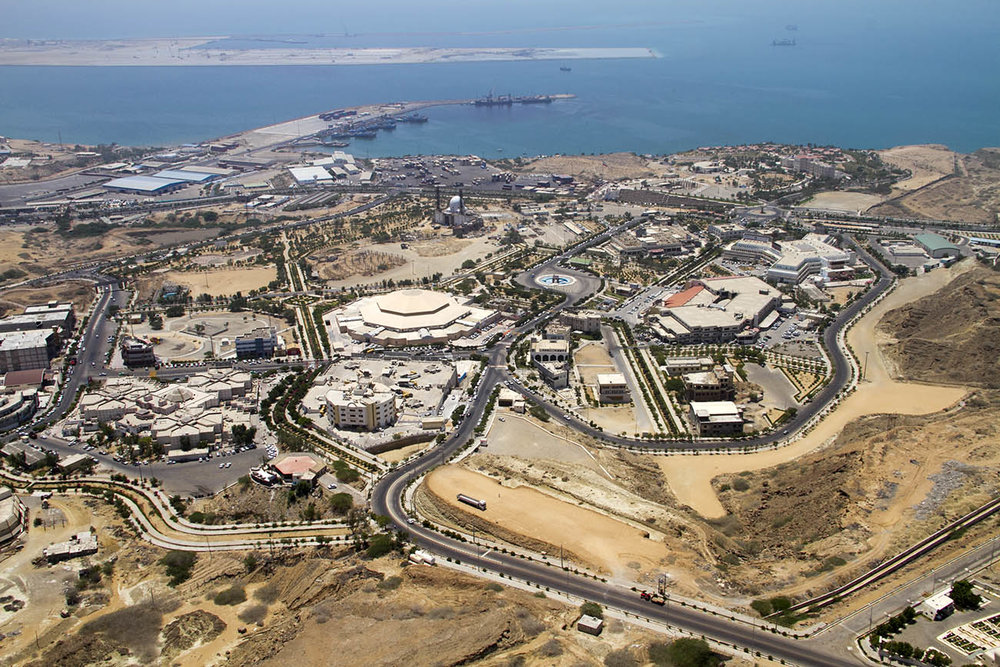Free trade zones still far from objectives

Free trade zones, as defined by the World Bank, are small duty-free areas offering warehousing, storage, and distribution facilities for trade, transshipment, and re-export operations.
Establishment of free trade zones in Iran dates back to Iranian calendar year 1368 (March 1989- March 1990) following the fall in the country’s oil income in the preceding year which prompted the government to promote the non-oil exports.
The first two free trade zones of Iran were established in the south of country. The first one was Kish Free Trade Zone established in 1368 on Kish Island in the Persian Gulf and the second one was Qeshm Free Trade Zone established the year after on Qeshm Island in the Strait of Hormuz.
Some five other free trade zones have been also established in the country since then, including Chabahar in southeastern Sistan-Baluchestan Province, Arvand in southwestern Khuzestan Province, Anzali in northern Gilan Province, Aras in East-Azarbaijan Province and Maku in West-Azarbaijan Province, both in the northwest of the country.
While near three decades have passed since start of free trade zones activity in Iran, their planned objectives have not been fully achieved and their development is still facing some impediments.
Lack of proportion between the facilities and the objectives, lack of a national definition for free trade zones’ performance, limited resources for establishment and completion of infrastructures, no comprehensive management between the zones, and not complete implementation of zones management law are some of the barriers in the way of free trade zones’ activity and development in the country.
Facilities not proportional to objectives
Mohammad-Hossein Fatehi, an economist, like many others believes that the main problem in this due is that the facilities offered in these zones are not proportional to the objectives, for example tax and customs exemptions are not enough for creation of jobs and welfare in the free zones and for their development.
“While some national objectives have been specified for these zones, establishment of infrastructures and investment making for their development is handed over to the private sector, ignoring that tax and customs exemptions as the only incentives are not enough to attract private sector because private companies intend to make investment in the projects where they can recoup the cost in short-term”, he explained in a panel in late August and concluded that development of these zones should be conducted by the government.
Lack of administrative, financial sovereignty
Lack of administrative and financial independence is the other challenge faced by the free trade zones.
While these zones are aimed at reducing administrative bureaucracy and cutting the red tape in a bid to expedite the process of production and investment making, they are deprived of enough administrative and also financial freedom and sovereignty in a way that they should receive permits from different organizations for their projects and activities.
There are also management limitations for the zones as once the management over the Secretariat of Free Zones High Council was transferred from the President’s Office to the Ministry of Finance and Economic Affairs in last December, Akbar Torkan, the previous secretary of the council, said the act would limit and weaken authorities of the free zones’ managing directors.
Foreign investment a way
Implementation of Iran’s nuclear deal with the world’s major powers in January 2016 that lifted the sanctions against the country’s economy has opened the door for attraction of foreign investment and contribution in Iran’s different economic sectors including development of free zones.
Foreign investment in the seven free trade zones of the country increased 41.6 percent to $3.103 billion during the past Iranian calendar year (ended on March 20, 2017) from $1.291 billion in its preceding year.
Emphasizing that laying the ground for the attraction of foreign investment to the free zones is one of the major plans of the Secretariat of Free Zones High Council, Morteza Bank, the secretary of the council, last month said: “We will witness an increasing trend of foreign investment in the free zones in near future.”
PHOTO: Chabahar Free Trade Zone in southeastern Iran
Leave a Comment